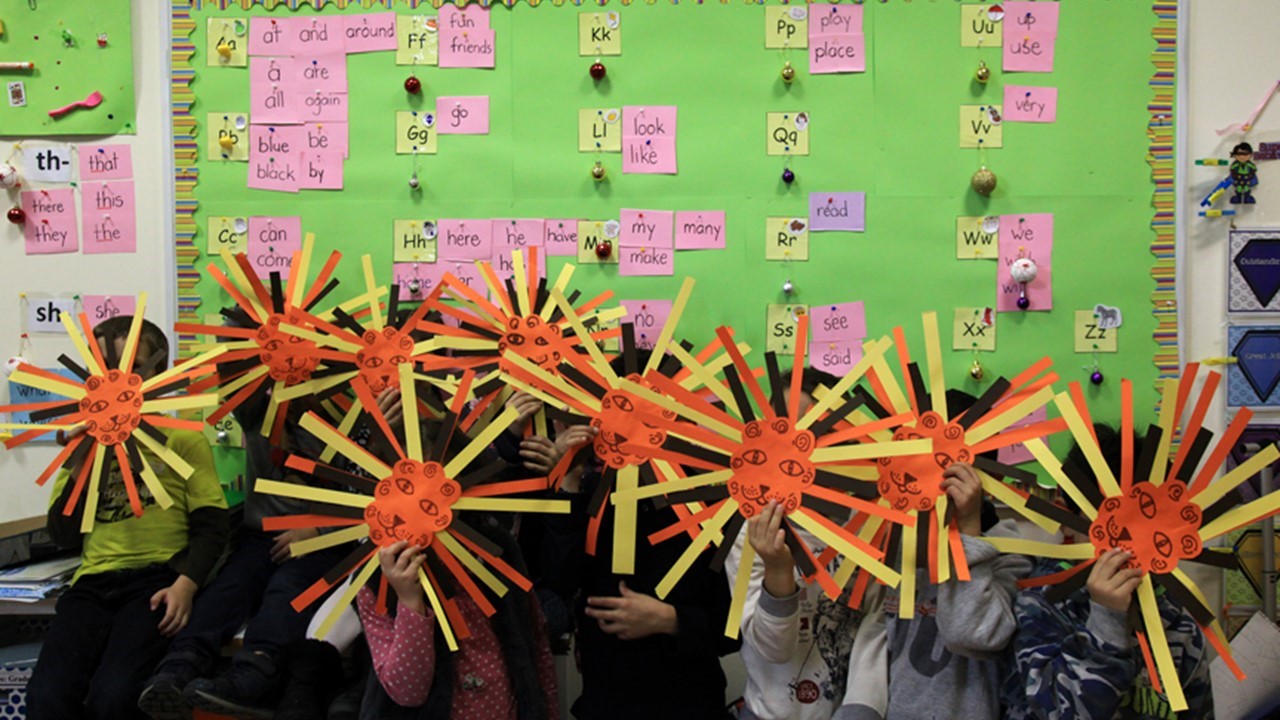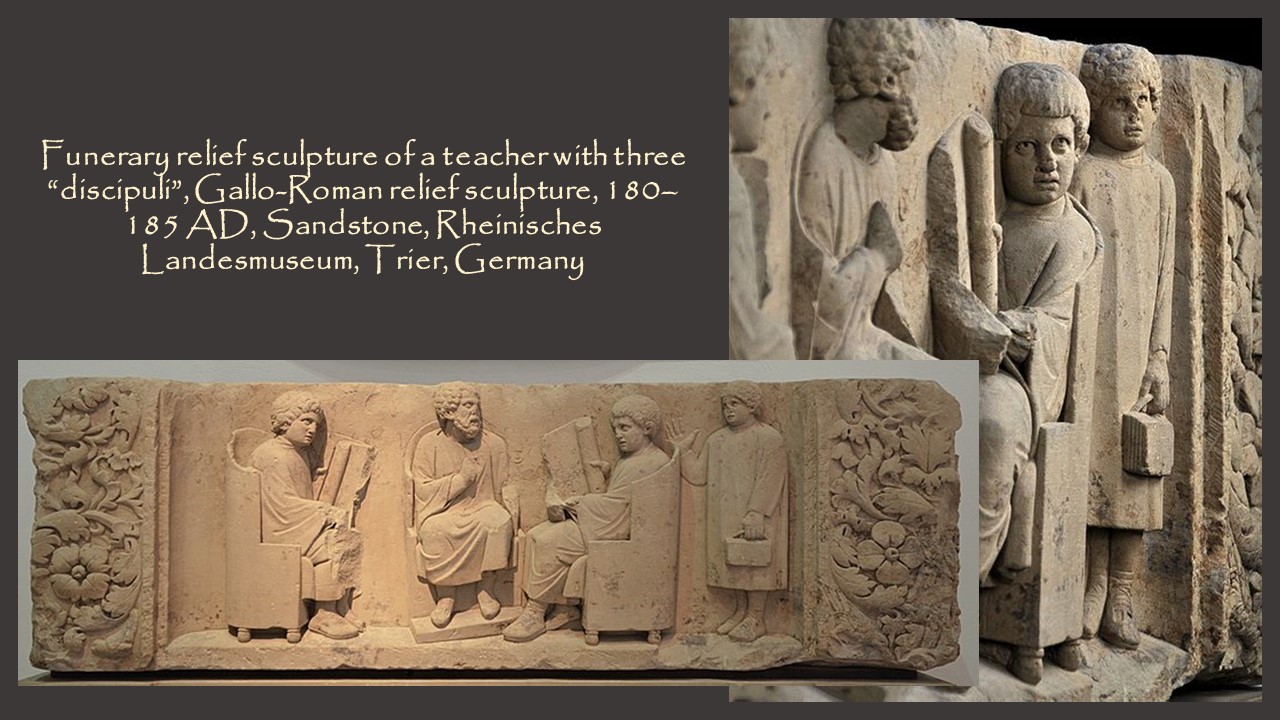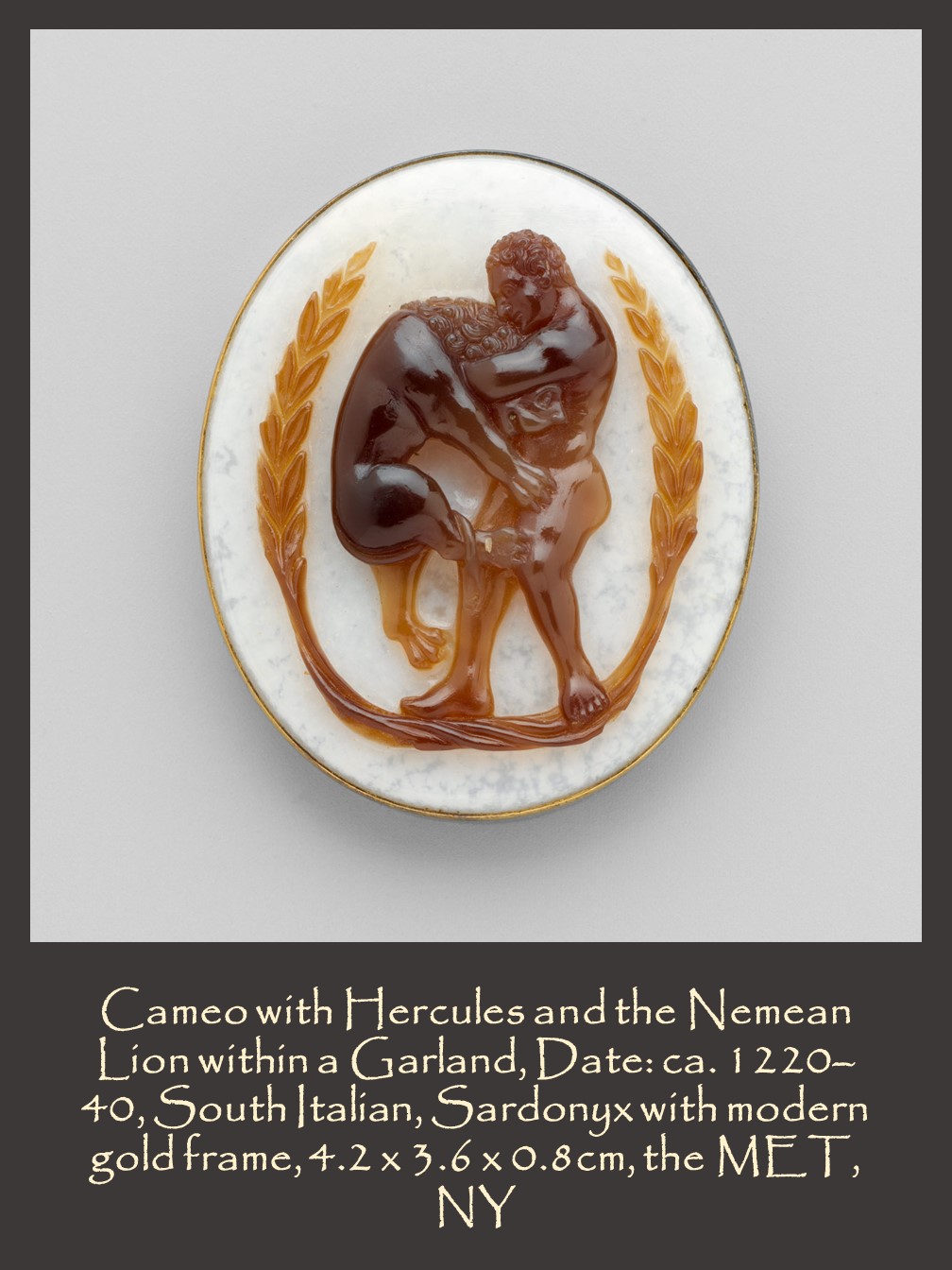
My students love nothing more than a good Greek Myth like Heracles and the Lion of Nemea!!!
Myths are such fascinating stories. They were created at a time, so far away from our fast-paced, cosmopolitan, technologically savvy world, and yet, they are still relevant in helping shape modern thinking. Myths talk about duty, penance, responsibility, love, exploration, sacrifice, originality, imagination, creativity, effort, humility, industry, curiosity, character, kindness, strength, success, resilience, arrogance, spirit ….
They can still advise us on the faults of political arrogance (Theseus and the Minautor), global warming (Phaethon and the Chariot of the Sun), the power of creativity (the Wings of Daedalus), penance not punishment (the Labours of Hercules), exploration (Jason and the Argonauts) …
For years now I have found myself relying on Greek Mythology like Heracles and the Lion of Nemea so as to enrich my curriculum. From Grade 1 to all Grades of High School, my students get a taste of these fascinating stories, “reading” them, in ways appropriate for their level.
As a result, students are 100% engaged, and teaching is so gratifying!
Use it to introduce ideas like Mythology, Ancient Greece or Ancient Rome, Art, Social Studies, Language Arts, Visual Arts
Heracles and the Lion of Nemea Lesson Plan Analysis
Essential Questions
Do ancient Greek myths help students a glimpse of what people thought in the past, what they considered important and how their morals worked?
Do ancient Greek myths contribute to the classic and modern understanding of life?
Goals
To help students connect the past with the present
Assist students learn about mythology from works of art
Enduring Understanding
Ancient Greek myths are narratives, formative or reflective, of social order or values.
Ancient Greek myths serve as a warning for people on how they should and should not be.
Steps to Success – Heracles and the Lion of Nemea
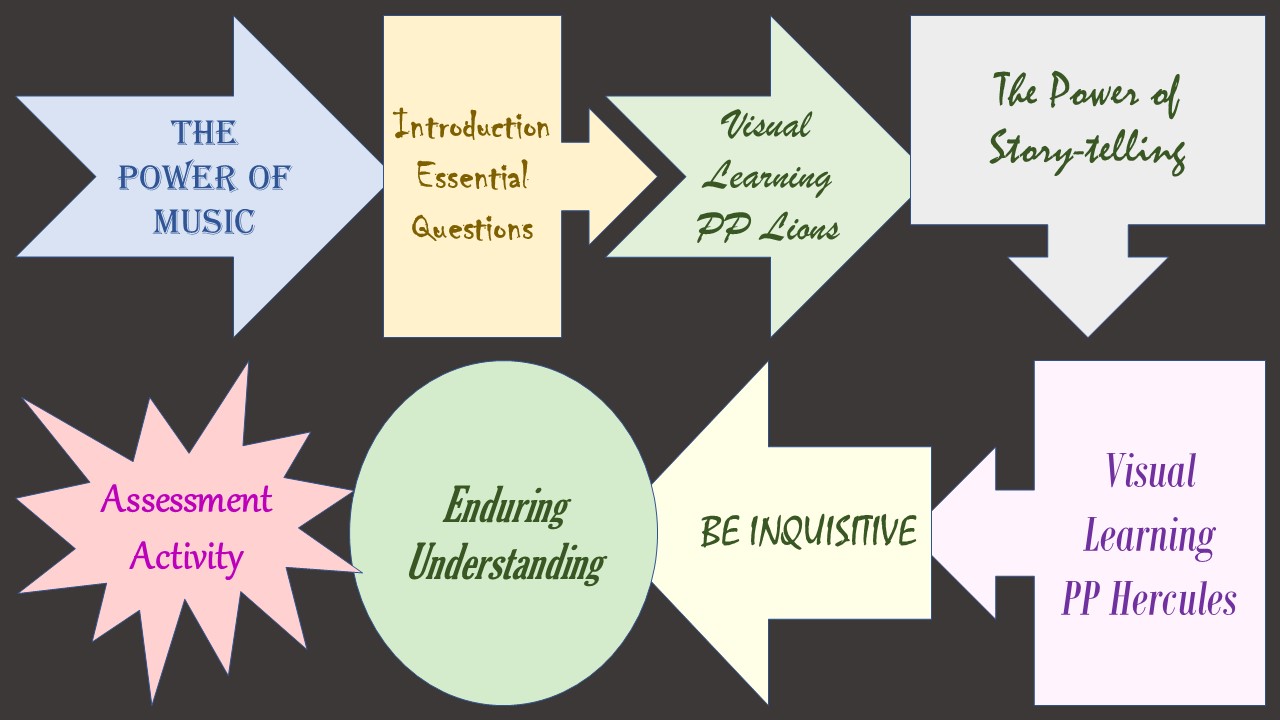
- The Power of Music
Start your Lesson with a song from the “Lion King”
The Lion King – Circle of LifeIntroduction to the Lesson – Heracles and the Lion of Nemea – No more than 2 minutes.
2. Review of the Essential Questions
Do ancient Greek myths give students a glimpse of how people thought in the past, what they considered important and how their morals worked?
Do ancient Greek myths contribute to the classic and modern understanding of life?
3. Visual Learning – “7 Roar…some Lion Facts”
Show students the PP “teachercurator” has prepared, discuss Lion Facts and thus prepare students for the Lion of Nemea story … Click HERE
4. The Power of Story-Telling – Get your students to your classrooms’ coziest area, then sit them down and tell them the story of Hercules and the Lion of Nemea. It is important for them to “feel” and “live” the Myth. So, my advice is not to read the myth, even from the finest book. Use your dramatic voice and “act” it out, captivating your students’ imagination.
5. Practice Visual Learning
6. Be Inquisitive
Discuss each picture – ask students the questions “teachercurator” prepared for you. For the PP in Hercules and the Lion of Nemea … Click HERE
For the QandA the “teachercurator” has prepared … Click HERE!
7. Review Enduring Understanding
Ancient Greek myths are narratives, formative or reflective, of social order or values.
Overall Ancient Greek myths serve as a warning to people on how they should and should not be.
Heracles and the Lion of Nemea Assessment Activities
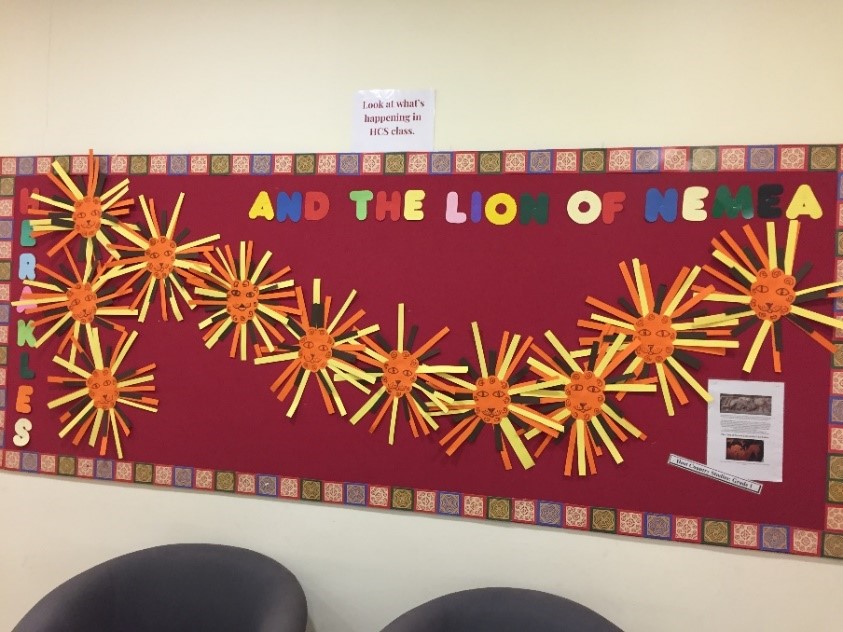
This is what my Grade 1 students created for the Hercules and the Lion of Nemea Lesson. I downloaded and used an “Internet” free Lion mask, I cut different colored strips of paper, asked students to paint Lion’s face, glue the strips … and VOILA!
https://www.huggies.com.au/kids-activities/role-play/lion-mask
For a WAC (Writing Across the Curriculum) Activity … Click HERE!
There are so many more amazing Activities on the Internet!!! … just explore what suits you and your students, best!
